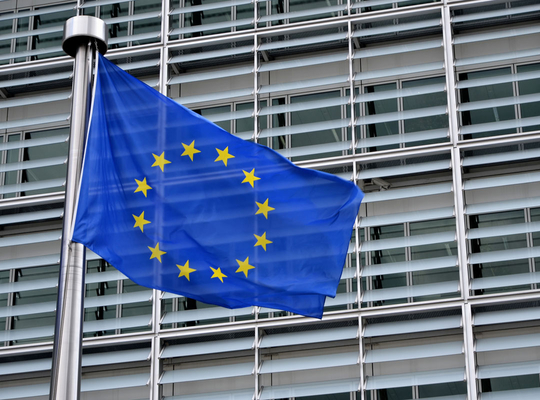You are here
House of European History: expensive and redundant

MEP Anneleen Van Bossuyt questions the necessity of the new House of European History, which is being officially inaugurated today. “Of course we want citizens to become acquainted with the rich history of Europe. But they can already do that at the Parlamentarium a short distance away.” Anneleen Van Bossuyt also points out the insane costs of a redundant showpiece like this one: “The construction of this megalomaniac project has already cost the taxpayer 56 million euros. To that must be added the annual operating costs, which come to an incredibly wasteful 11.5 million euros. And that’s not even counting spending on security. Europe must persuade people of its added value in other ways, such as with an effective security and migration policy.”
The House of European History is intended to increase the knowledge of European history and stimulate curiosity about the European project among citizens. Anneleen Van Bossuyt supports these objectives, but is of the opinion that there are already enough places where that’s possible: “As well as the Parlamentarium, which costs the citizen 4 million euros annually, in Brussels you can visit Europe Station and the European Parliament among others. What’s more, in all Member States, you can get in touch with the information agencies of the European Parliament and the local Europe Direct educational centres. So there are already enough ways to reach the citizen.”
And as if that weren’t enough, the Groen and Open Vld parties want to see how the Brussels municipalities can contribute financially to this new House of European History. “By doing this, it would mean taxpayers contribute to Europe not only through national taxes, but also a second time, directly. A strange situation indeed,” thinks Anneleen Van Bossuyt.
Not a curator, but serious policy instead
The House of European History is also opening a year later than planned and has already had to contend with growing pains. For example, pieces in the collection were sent to the wrong art dealer. “The European Parliament clearly has no experience in managing large collections, which is only natural given that it isn’t one of Parliament’s core tasks. What people expect from the European Parliament is not for it to play the role of curator, but for it to devise and implement policy that serves the population,” Anneleen Van Bossuyt concludes.

